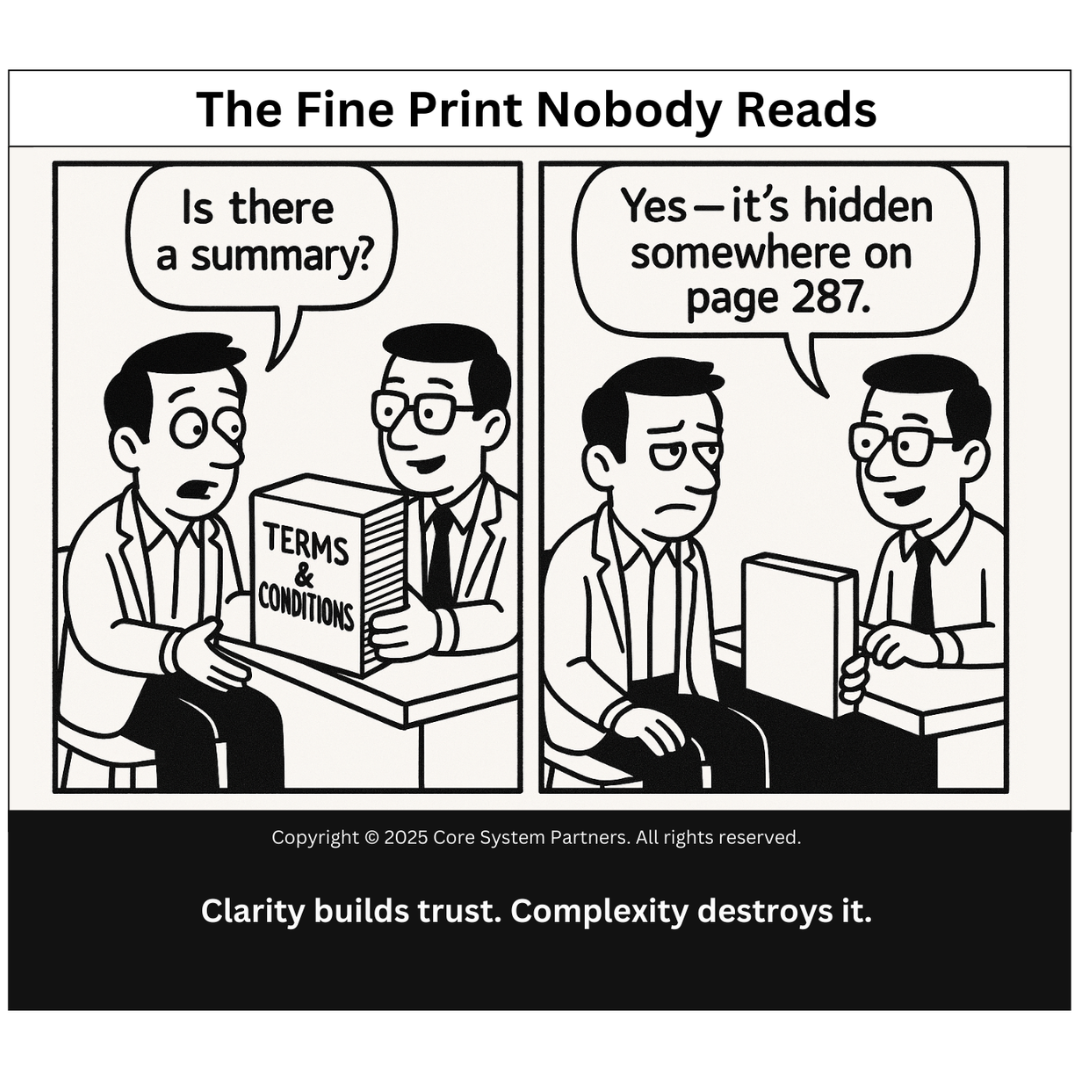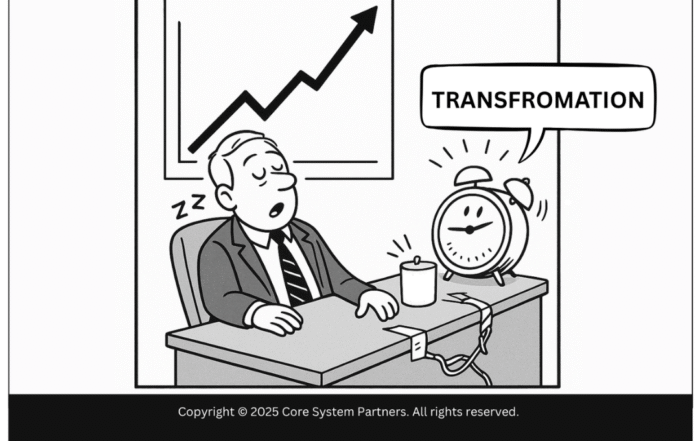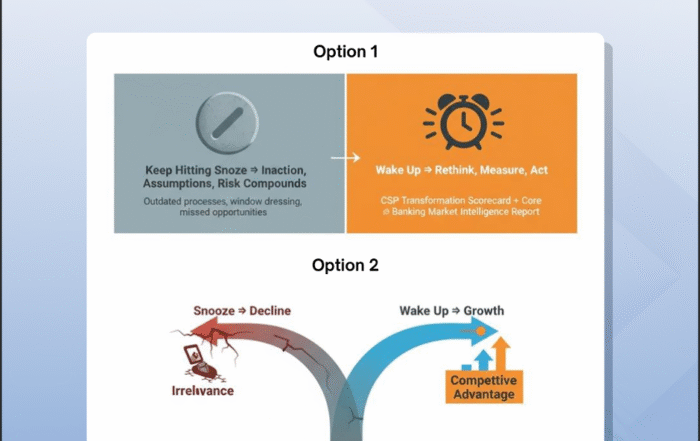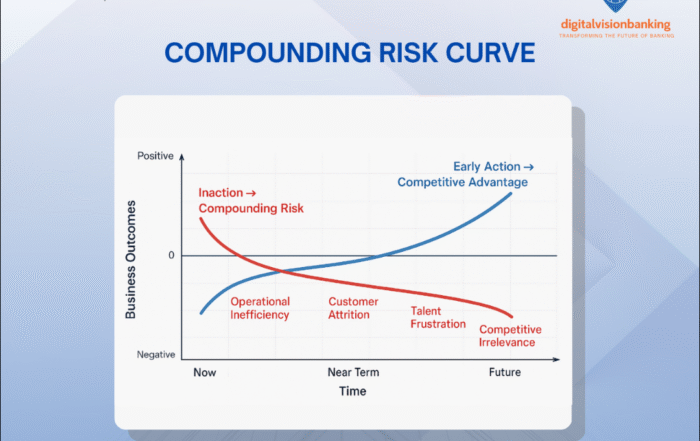
“Yes—it’s hidden somewhere on page 287.” When customers need a lawyer to understand your product, you’re not protecting your brand, you’re undermining it.
“Is there a summary?”
“Yes—it’s hidden somewhere on page 287.”
We’ve all been there. Sitting across from someone enthusiastically handing us a document thicker than a phone book, smiling as if we’re about to discover buried treasure. Instead, we’re given a liability trap disguised as ‘terms and conditions.’
In banking, complexity often masquerades as compliance. But let’s be honest: when your most important information is hidden in footnotes and buried under 287 pages of legal jargon, you’re not informing customers—you’re exhausting them. And in the long run, that erosion of trust costs more than a lawsuit ever will.
Why This Still Happens
Somewhere along the way, we confused thoroughness with opacity. We assumed “legalese” meant we were covered, and if the disclosures were in there somewhere, we’d done our job.
But here’s the problem: most customers never make it past page five, and some don’t open the book at all. And that’s not on them—that’s on us.
Behind the curtain, complexity usually stems from:
- Layered, outdated policies added incrementally over the years
- Disjointed ownership between legal, compliance, and product teams
- Risk aversion is driving bloated documentation
- Poor UX writing practices that prioritize the regulator over the reader
We don’t need to choose between clarity and compliance. We need to design for both.
Trust Isn’t Built in the Footnotes
Let’s shift the frame: trust isn’t built by what we say. It’s built on what people understand.
A banking leader I once worked with had a rule of thumb: “If my mother wouldn’t understand this policy in one reading, we rewrite it.” It sounds basic, but that mindset reshaped their customer communications. It also slashed call center complaints and made onboarding faster.
Think about it—would you trust a bank that needs 287 pages to explain how your money is handled?
Neither would your customers.
Where Core Transformations Get This Wrong
A core banking transformation is the perfect time to rethink how you structure and present policy information. But too often, documentation is treated as an afterthought. Teams focus on tech, not transparency.
We see:
- Data consent prompts that confuse rather than inform
- Loan terms that require a lawyer to interpret
- Fee structures hidden in product brochures written in 2009
It’s not that we intend to mislead—we never pause to design for comprehension.
During transformation, there’s a narrow window to rebuild with clarity at the center. Please don’t waste it.
Clarity as a Competitive Advantage
Transparency is no longer a regulatory checkbox—it’s a competitive edge. Here’s how leading institutions are putting that into practice:
1. Layered disclosures
Use a “summary first, detail later” model. Start with a plain-English summary box that highlights the most essential facts. Then, provide a link or drop-down for the legal deep dive. Think of it as a term sheet for humans.
“Your monthly account fee is $6. You can waive it by maintaining a $500 minimum balance.”
Clear. Honest. Digestible.
2. Plain language over legalese
This isn’t about dumbing things down—it’s about smart communication. Studies show that plain language doesn’t reduce accuracy. It increases confidence and recall. When customers understand their obligations, they’re more likely to follow through.
3. Interactive explanations
Some banks turn disclosures into interactive FAQs, guided walkthroughs, and short videos. Why not explain overdraft protection works using animation and examples, rather than a 4-page PDF?
Remember: how you explain a product is part of the product.
4. Test for understanding
If you’re launching a new policy or product, test it with real users. Ask them to explain it to you. If they can’t, it’s not their fault—it’s your design.
From Legal Protection to Brand Differentiation
When you bury key details in legal fine print, you might win the battle but lose the war. Because customers don’t walk away from banks over one fee. They walk away when they feel misled.
And clarity is the antidote to that.
Banks that lead with transparency don’t just stay out of trouble—they win loyalty. They build cultures of openness, reduce friction, and create customers who trust them, not because they have to, but because they want to.
Final Thoughts: Complexity Isn’t a Badge of Maturity
Complexity is not proof that your institution is sophisticated. It’s usually a sign that you’ve stopped editing.
In a time when customers expect everything from groceries to mortgages to be one click away, the burden is on us to make the complex clear, especially during a core transformation and when trust is already thin.
Let’s stop celebrating policies nobody reads. And start designing experiences that everyone understands.
OptimizeCore® Scorecard Tip
During your core transformation, evaluate your Communication Transparency Score:
- Are customer-facing documents designed for clarity?
- Do policy updates include plain-language summaries?
- Have you tested disclosures with actual users?
Because clarity doesn’t just reduce risk—it multiplies trust.
#CoreBankingTransformation #CoreBankingOptimization





